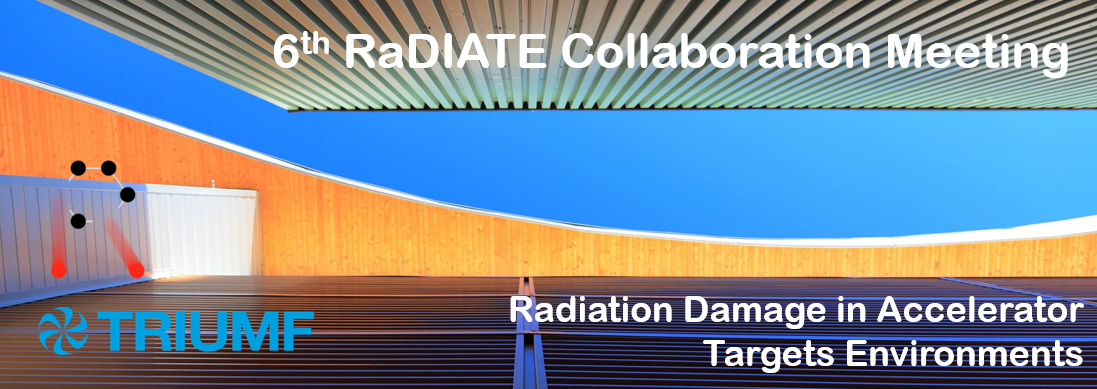Speaker
JOACHIM VOLLAIRE
(CERN)
Description
The operation of the on-line isotope separator ISOLDE at CERN allows the production of a wide variety of radionuclides that are delivered in the form of Radioactive Ion Beams (RIBs) to different experimental setups installed in the ISOLDE beam lines. The radionuclides are produced in thick targets bombarded by the pulsed proton beam delivered by the Proton Synchrotron Booster (PSB). During the period 2018-2019, major improvements and consolidations of the CERN injector chain are implemented under the auspices of the LHC Injectors Upgrade (LIU) project. For ISOLDE, the higher available proton current with the new Linac4 as injector and the increase of the PSB energy from 1.4 GeV to 2.0 GeV open new perspectives and improvement objectives identified in a project proposal called EPIC (Exploiting the Potential of Isolde at CERN). For example, the higher available energy results in an increase of the production of short-lived radionuclides at the limit of nuclear existence, in particular the ones produced by fragmentation and spallation reactions. The higher available proton current allows a reduction of the required beam time for experiments previously limited by the low RIB intensity. Alternatively, the experimental capabilities and available beam time can also be significantly enhanced by the operation of new target stations constructed in such a way that RIBs can be delivered in parallel to the low energy and high-energy beam lines. In order to receive the 2 GeV beam from the PSB and construct new target stations, major modifications of the target area must be performed. In particular, the HRS and GPS beam dumps absorbing the remaining beams and secondary particles after the two target stations will have to be replaced by two new systems capable of sustaining the higher beam power and meeting modern radiation protection standards. Parasitic or dedicated irradiations have occasionally been performed in the past to serve mainly the needs of target developments but operational limitations and constraints have been identified and limit a more systematic use of the facility. The replacement of the beam dumps and the construction of new target stations could be a unique opportunity to foresee an infrastructure adapted to material irradiations in parallel to ISOLDE operation. The presentation provides an overview of the EPIC project with an emphasis on the target area upgrades and provides an assessment of the radiation fields in the areas of interest in order to assess the performances of ISOLDE for parasitic irradiations of material or equipment. A description of the strengths of ISOLDE with the presence of a laboratory dedicated to the management of radioactive material, remote handling capabilities as well as the presence of a shielded hot cell to address the radiation protection challenges associated to irradiation experiment is also provided.
Primary author
JOACHIM VOLLAIRE
(CERN)

